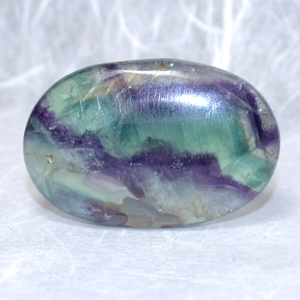June's primary birthstone is pearl, and on a practical level, this can be difficult because of it's delicate nature. The pearl is created by an oyster depositing many layers of nacre over a small irritant that was introduced into it's shell. This nacre can be scratched or chipped somewhat easily. Therefore pearls are most commonly used in earrings and necklaces, where they receive less wear and tear.
Despite it's limitations, the mystique of a pearl makes it a very interesting gem. Pearls were once thought to be "the tears of the gods" and have been used for adornment since well before the time of Christ. The creation of a pearl within a mollusk was a natural phenomenon less rare that one might think.
Cultured pearls were first eveloped by the Chinese in the 12th or 13th century, but no one followed their lead until the Japanese picked up on the idea in the 1890's. In this process, the irritant to become the nucleus of the pearl is surgically implanted in the mollusk. Cultured pearls take two to three years to develope while natural pearls take seven years or more to build up in the mollusk body.
The Pearl resembles honesty, integrity, wisdom and faith. It is a noble gem, promoting dignity.
Shirley L. Gordon says in an article about pearls "Have you ever seen a woman wearing Pearls acting in an undignified manner? Did you have the oddest feeling? That's because they just don't mix." in her article at gemstonegifts.com
Check back Next week for pearl care and how to identify real from imitation pearls



















